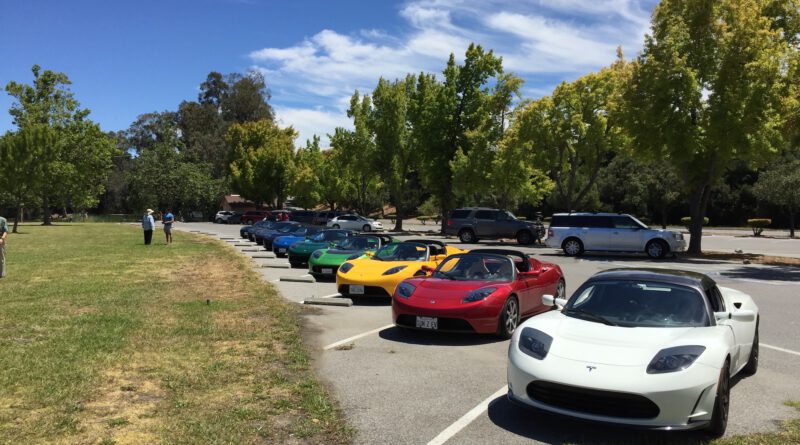Electric Car Tipping Point
At what point is the moment reached when a new product will ceaselessly displace and replace the old one? Depending on the product, this tipping point is set at different percentages. For example, Bloomberg looked at electric cars and found this tipping point at five percent of new registrations.
What exactly is happening at this moment? If electric cars or smartphones, for example, are initially an unusual novelty that catches our attention, within a short time they become a habitual part of the technologies we use. In the case of the smartphone, it took 10 years of novelty before it became unusual for someone not to have a smartphone.
At the tipping point, several things happen that are important for further development. First, from this moment on, it becomes interesting for manufacturers, dealers or politicians to invest more in the corresponding infrastructure. Charging station networks, service centers, battery recycling and other facilities specifically required for electric cars gain weight and begin to pay off. Media and social platform coverage is increasing. Interest in the new technology spills over from the pioneers to the next layer of people.
Bloomberg now sees this tipping point being reached in the USA. In the fourth quarter of 2021, electric car sales shares were 5.3 percent. This means the U.S. follows 18 other countries, including Austria, Belgium, China, Denmark, Finland, France, Germany, Iceland, Ireland, Italy, the Netherlands, New Zealand, Norway, Portugal, South Korea, Sweden, Switzerland and the United Kingdom. Canada, Australia and Spain will be the next countries to follow.
Sources: BloombergNEF; Bloomberg Intelligence; ACEA; CATARC; OFV; New Zealand Ministry of Transport.
As soon as the limit value is exceeded, the system collapses. Whereas before there were still large fluctuations, now the approvals increase exponentially. The curve follows that of other countries and thus – assuming that the manufacturers can meet demand – the adoption rate can be predicted. For example, Norway reached a new registration rate of electric cars of 50% five years after reaching the tipping point and 80% after 8 years.
Sources: BloombergNEF; Bloomberg Intelligence; ACEA; CATARC; OFV; New Zealand Ministry of Transport.
Note: Includes plug-in hybrids (PHEVs) and all-electric vehicles (BEVs). For the Netherlands and Austria, an unusually high quarter before the start of the threshold was factored out.
If plug-in hybrids are included, the picture is similar, with a tipping point of 10 percent. After eight years, Norway already accounts for more than 90 percent of new registrations of electric cars and plug-in hybrids.
Sources: BloombergNEF; Bloomberg Intelligence; automakers.
Note: Toyota is the largest automaker that has not reached the 10% threshold in Europe. Data includes BEVs and PHEVs.
This has an impact on the sales figures of the manufacturers themselves. For example, the share of electric cars sold for one company is already at least one-third after only 2 years after the threshold of 10 percent was reached. For Geely/Volvo, it was even two-thirds.
Now that global production figures for electric cars have doubled in the last two years, the complete switch to electric cars seems inevitable, even if not a single country from Latin America, Africa or Southeast Asia has reached the tipping point yet. At the very least, however, when translated into global sales, the tipping point has been reached here as well. Last year, new registrations of electric cars exceeded five percent.
More details can be found at Bloomberg.
The Last Driver’s License Holder Has Already Been Born
How the radical disruption of the auto industry affects you―and how you can prepare for the soon-to-be “new normal”
The combined effect of autonomous driving, electric vehicles, and the sharing economy is on the verge of changing the auto industry―all within the next decade. And this tech/economics revolution will touch virtually every industry.
It reveals the disruptive technologies now taking shape and provides a timeline of when they will take hold. It examines the impact on the industry itself, as well as adjacent sectors, including jobs and professions, city and street design, hospitals, insurances, politics, security, hospitality industry, the oil industry, real estate, and society at large.
Get the book on Amazon.
This article was also published in German.



